Before digital scanners, self-checkout lanes, and smartphone coupons transformed our shopping experience, grocery stores were simpler but no less bustling centers of community life. For those who remember pushing a metal cart down linoleum aisles in the 1960s, the weekly shopping trip was equal parts necessity and social event – a ritual that bears little resemblance to today’s grab-and-go efficiency.
1. The Mechanical Cash Register Symphony
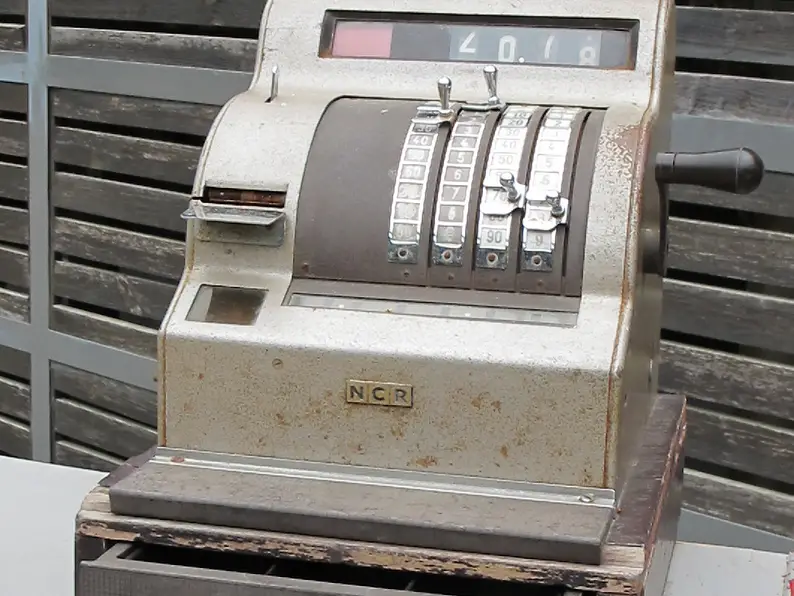
The soundtrack of 1960s grocery shopping wasn’t electronic beeps but the percussive symphony of mechanical cash registers with their distinctive cha-ching. Cashiers would manually punch each price into these heavy metal machines, their fingers dancing across numeric keys with remarkable speed and accuracy. The drawer would spring open with a satisfying clang after the cashier pulled the large lever on the side, revealing neatly organized coin compartments and bills stored beneath metal clips. The Desert Sun shines a light on the opulent, handy history of these mechanical marvels across decades.
The absence of scanners meant each item’s price needed to be individually marked, usually with a price gun that stamped the cost directly onto products with a distinctive click-click sound. Cashiers developed lightning-fast mental arithmetic skills, adding up your purchases with the occasional aid of a pencil for particularly large orders. The paper receipt emerged from the register as a simple list of prices—no product names, no categorization, just a column of numbers that the cashier would occasionally annotate by hand.
2. Price-Marking Day at the Store

Every store had a designated “price day” when new shipments would be marked before hitting the shelves. Store clerks would gather in the stockroom with their pricing guns, meticulously stamping each can, jar, and package with colored price stickers. Different departments often used different colored price stickers—perhaps blue for dairy, red for meat, and yellow for produce—creating a colorful code across the store. Store Supply Warehouse goes through the intricate ins and outs of actually loading the thing, a process many of us can probably remember figuring out as part of our first jobs.
The hand pricing meant local stores could adjust prices based on community needs, competitor pricing, or special occasions without any central computer system changes. You could often tell a new stock boy by the crooked placement of price stickers or the occasional smudged numbers that made checkout an adventure. Shoppers became adept at peeling back newer price stickers to find the original lower price underneath, leading to good-natured negotiations at the checkout counter about which price should apply.
3. The Produce Scale Dance
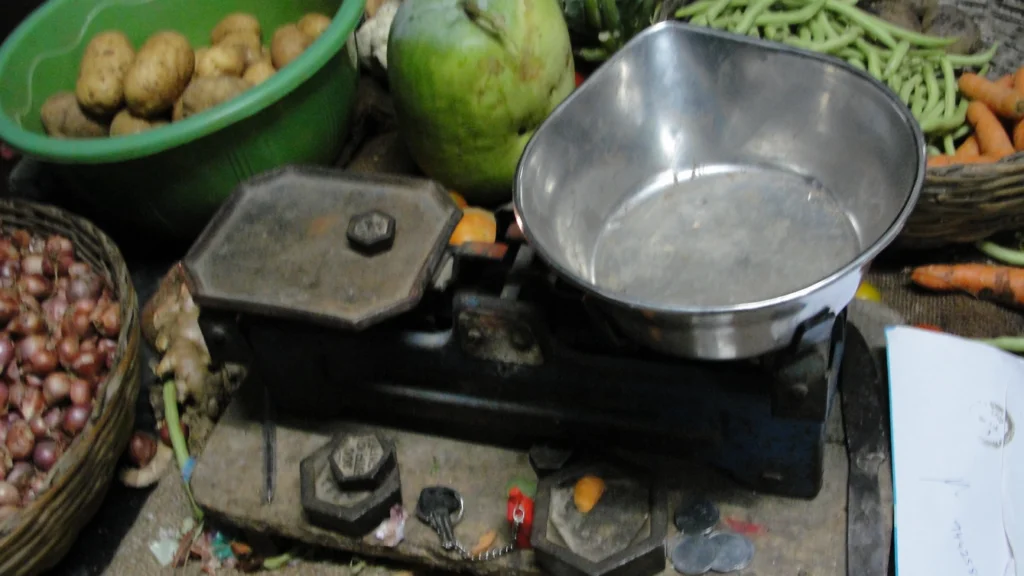
Buying fruits and vegetables involved a ritual at the mechanical scale where an attendant in a white apron would weigh your selections. These brass pendulum scales had a large round face with a needle that would swing dramatically before settling on the weight, while the attendant held paper bags of apples or potatoes with practiced precision. The produce expert would then calculate the price using a printed chart, writing the amount directly on the brown paper bag with a grease pencil that left slightly waxy numbers. Precisa attempts to trace the history of this once-common feature, though once things get digital, this becomes harder to follow.
Bananas were sold by the pound but were always referred to as “a hand of bananas,” reflecting their natural grouping rather than individual fruit pricing. Fresh produce was strictly seasonal, with no January strawberries or year-round tomatoes, making weekly shopping trips a reflection of nature’s calendar rather than global supply chains. The produce sections were considerably smaller than today’s vast displays, but the fruits and vegetables were often locally sourced and picked that morning, providing an intensity of flavor that many older shoppers still reminisce about.
4. Butchers as Neighborhood Celebrities
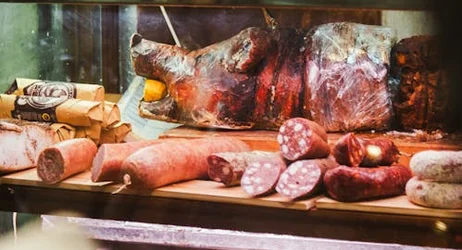
The butcher wasn’t hidden behind a wall—he was a prominent figure who knew customers by name and remembered their preferences for cut and thickness. Standing behind glass display cases in a white coat often speckled with evidence of his craft, the butcher would greet regular customers with recommendations based on what looked good that day or what would suit an upcoming holiday meal. Custom cuts were the norm rather than the exception, with shoppers specifying exactly how thick they wanted their pork chops or whether they preferred their ground beef with a particular fat ratio.
Meat was wrapped in white butcher paper and secured with tape, with the price and weight written directly on the package in the butcher’s distinctive handwriting. The personal relationship with your butcher meant special orders were common—a crown roast for Christmas, a specific thickness of steak for an anniversary dinner, or setting aside the best cuts for valued customers. Many butchers kept notes on customer preferences on small cards in a box behind the counter, a pre-digital database of personalized service that built loyalty across generations.
5. Glass Bottle Return Stations

Near the entrance of every grocery store sat wooden crates ready to receive empty soda and milk bottles for their deposit return. Children often volunteered for the chore of returning bottles, knowing the deposits would transform into penny candy or comic book money once the bottles were counted and credited. The satisfying clink of glass bottles being sorted by brand and size created a familiar soundtrack for Saturday morning shopping trips.
The bottle return attendant would count your empties with impressive speed, handing over a slip that you’d take to the cashier for redemption. Milk typically came in heavy glass bottles with cardboard caps, which were picked up from your doorstep by the milkman and returned to the store through a separate system of dairy delivery trucks. The environmental consciousness behind this return system wasn’t driven by green initiatives but simple economics—the bottles were valuable assets to be cleaned, refilled, and redistributed in an efficient cycle that predated recycling programs by decades.
6. The Personal Touch of Box Boys
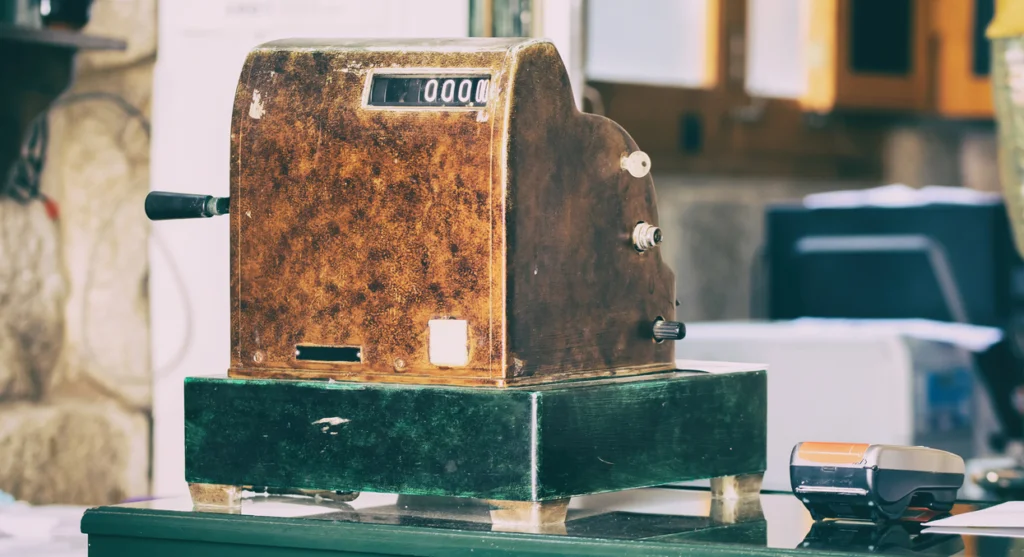
The end of your shopping journey featured teenage box boys (rarely girls in the 1960s) who would pack your groceries while engaging in cheerful conversation about school, sports, or local news. These young men—often working their first jobs—wore white shirts, black bow ties, and aprons, treating the art of grocery packing as a three-dimensional puzzle to ensure eggs remained uncracked and bread unsmashed. The strategic layering of heavy cans on the bottom, boxed goods in the middle, and delicate items on top was a skill developed through experience and gentle correction from senior staff.
After perfecting their packing technique, box boys would offer to carry your groceries to the car as a standard service, not an optional luxury. For many families living within walking distance of neighborhood grocers, these helpful young men would even push the fully loaded carts directly to your home and carry the bags into your kitchen. Their tips—usually a quarter or two—represented significant income for teenagers saving for college or their first car, creating an early lesson in the relationship between service quality and customer generosity.
7. Handwritten Check Cashing Privileges

Before ATMs and debit cards, grocery shopping often began at the store’s courtesy booth where regular customers enjoyed check-cashing privileges. The booth attendant would verify your name against a card file of approved customers, often adding a personal greeting about your family or recent community events. Writing a check for “cash plus $10” was a common way to obtain spending money for the week while handling the grocery shopping in one efficient trip.
The verification process for accepting personal checks was remarkably low-tech—a quick comparison of your signature against a signature card kept on file, or simply the clerk’s recognition of you as a regular customer. For particularly large purchases, the store manager might be called over for approval, less as a security measure and more as an opportunity to personally thank you for your substantial business. The courtesy booth also served as the store’s information center, lost and found department, and complaint resolution office—a human-powered customer service system operated with a smile.
8. Trading Stamps as Shopping Rewards
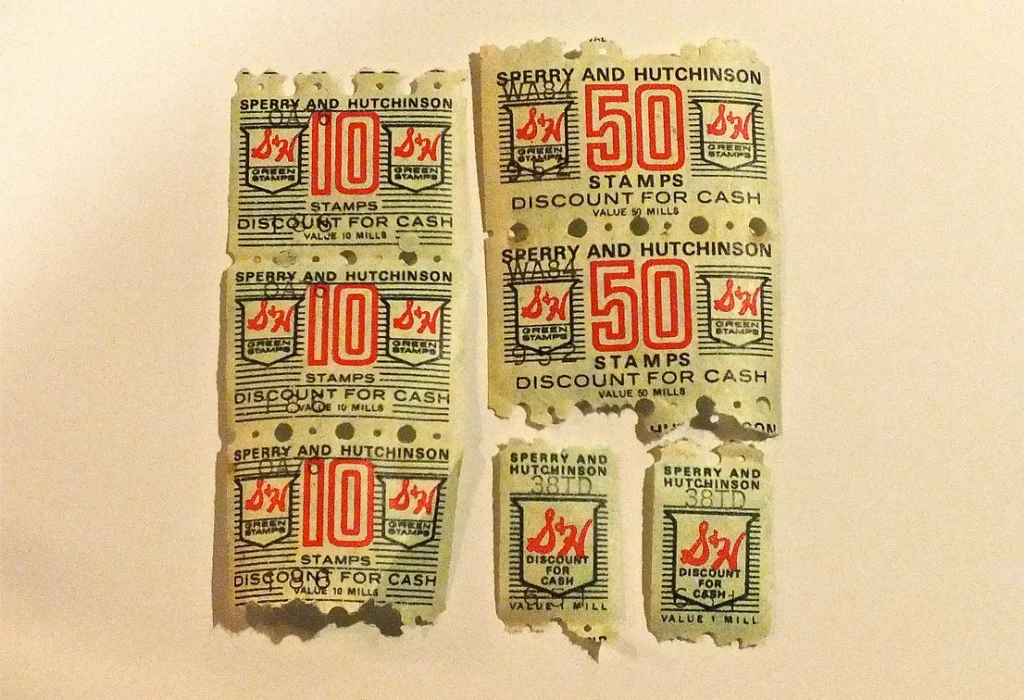
The original loyalty program wasn’t digital points but colorful trading stamps handed out based on your purchase total. S&H Green Stamps, Top Value Stamps, and Blue Chip Stamps were coveted rewards, dispensed by cashiers who counted out one stamp for each dime spent, creating long strips that children loved helping to tear into individual stamps. After checkout, many families would linger at small counters with sponges to moisten and affix their stamps into collector books, planning which household items they might eventually redeem them for.
These stamp books would accumulate on kitchen shelves until redemption day, when families would visit special redemption centers resembling showrooms filled with housewares, small appliances, and toys available exclusively through stamp collection. The excitement of finally turning in enough completed books for a new toaster, set of towels, or coveted toy created an additional incentive for grocery loyalty that digital programs still attempt to replicate. Parents often used these stamps as educational tools, teaching children to count by tens as they calculated how many more trips would be needed to earn a specific reward.
9. Handwritten Rain Checks and Special Orders

When advertised sale items sold out, shoppers received rain checks—handwritten promises on small colored slips that guaranteed the sale price when the item was back in stock. Store managers would personally sign these vouchers, often with a quick apology and an estimated date when you could return. These rain checks had no expiration dates and were honored based on the store’s relationship with its community rather than corporate policy.
Special orders for unusual ingredients or holiday items were placed through department managers who kept notebooks behind their counters filled with customer requests. Whether you needed Hungarian paprika for a family recipe or a particular brand of fruitcake at Christmas, these requests were handled through personal relationships rather than inventory systems. The manager would jot down your name and telephone number (just the last four digits were usually sufficient in small communities) and call you at home when your special order arrived, often setting it aside with your name penciled on the bag.
10. Neighborhood-Specific Stock and Local Brands
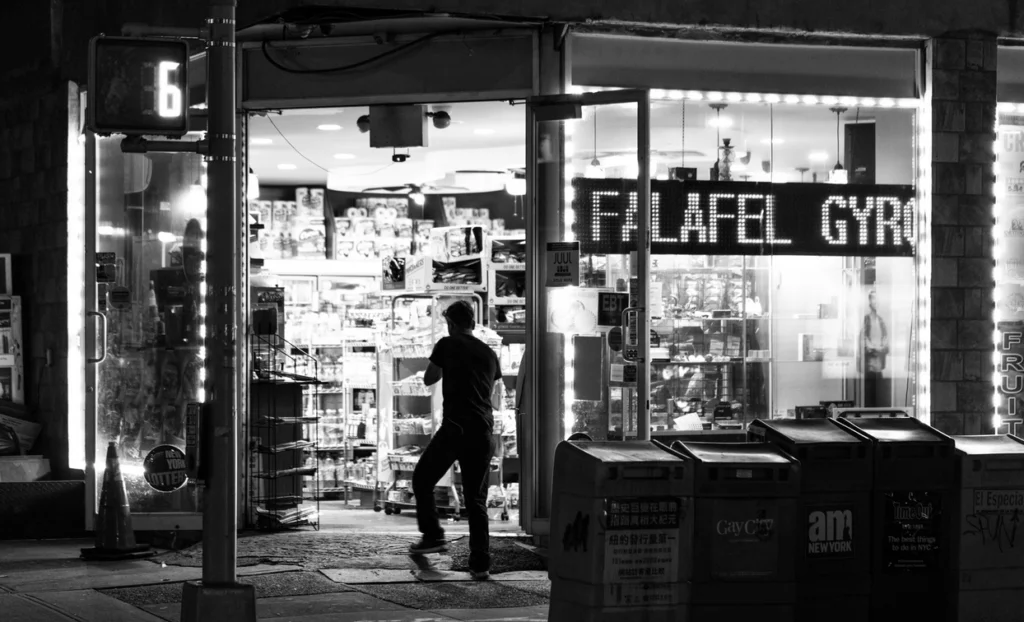
Before national standardization, grocery stores tailored their inventory to the specific ethnic and cultural makeup of their neighborhoods. Italian neighborhoods featured expanded olive oil selections and imported cheeses, while stores in predominantly Polish areas might devote extra shelf space to kielbasa and specialty pickles. These neighborhood-specific adaptations weren’t driven by corporate demographic research but by the managers’ personal knowledge of their customers and community needs.
Regional food brands dominated shelves that are now filled with national conglomerates, with local dairies, bakeries, and meat processors supplying products that traveled mere miles from production to shelf. Many shoppers personally knew the families who produced their bread, processed their meat, or bottled their milk, creating a sense of connection to food sources that contemporary farm-to-table movements attempt to recapture. The grocery bags themselves often featured local advertising and store branding, with thick paper construction that made them reusable for everything from school book covers to household trash collection.
11. The Specialized Bread Aisle
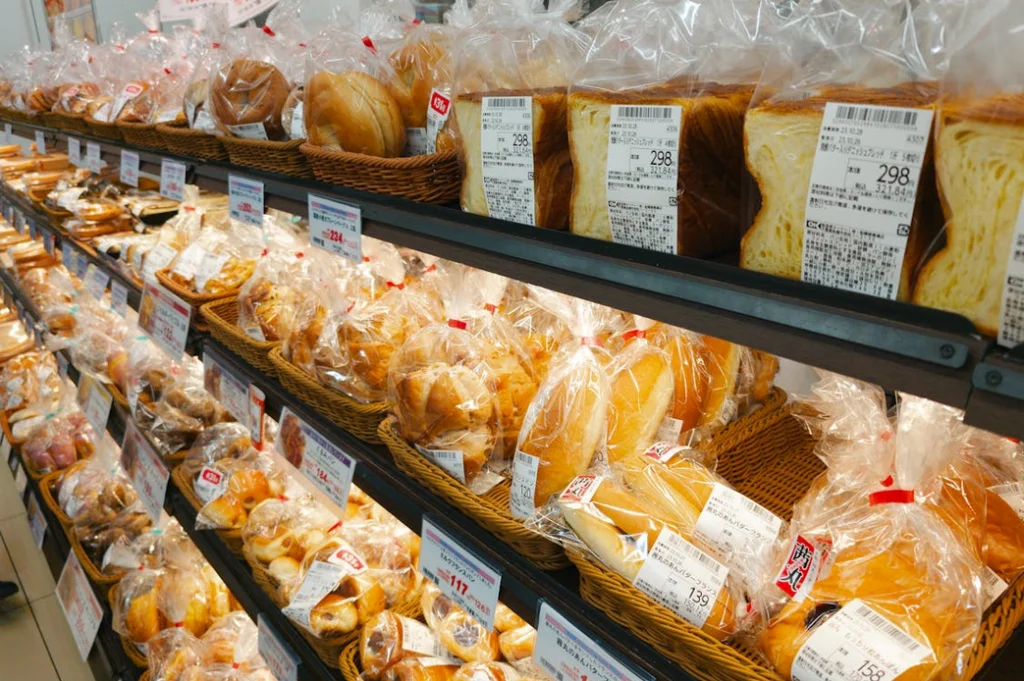
The bread aisle in a 1960s grocery store was a sensory experience dominated by the distinctive aroma of freshly delivered loaves, often still warm from local bakeries that made twice-daily deliveries. Unlike today’s preservative-laden breads with week-long shelf lives, these loaves were truly fresh for only a day or two, creating a constant rotation of stock and daily shopping trips for many families. The bread man—a dedicated delivery person from the bakery—would arrive in his step van and personally arrange his company’s offerings, removing day-old products for return to the bakery where they would be sold at discount.
Standard sandwich bread came in whole loaves rather than pre-sliced packages, with many stores offering a slicing machine where customers could select their preferred thickness. Specialty breads like rye, pumpernickel, or Italian were often available only on specific days of the week, creating an informal shopping calendar that regular customers memorized. The paper wrapping around each loaf bore simple branding and provided entertainment for children who collected the colorful twist ties that secured the packages—small treasures that would fill kitchen drawers alongside saved rubber bands and paper bags.
12. Community Bulletin Boards and Personal Announcements

Near the exit doors, cork bulletin boards served as the pre-internet hub for community information exchange, covered with handwritten index cards and colorful flyers. Babysitters advertised their services alongside handymen, local seamstresses, and kids offering lawn mowing or snow shoveling depending on the season. These community boards connected neighbors through commerce and services long before online neighborhood groups attempted the same function.
Store managers would often pin important community announcements to these boards—school closings during bad weather, fundraisers for families experiencing hardship, or notices about upcoming town events. The birth of a baby to a regular customer might merit a special notice, as would the passing of a neighborhood fixture, making the grocery store an important communication center that shared news before it reached the weekly newspaper. These bulletin boards served as physical social networks where a handwritten note could connect someone needing help with someone offering solutions, all mediated by the trusted space of the local grocery store.
The 1960s grocery shopping experience, though lacking our modern electronic conveniences, compensated with human connections and community integration that many shoppers now find themselves nostalgic for. While technological advances have made our shopping more efficient, something was lost when the neighborhood grocery store transformed from a social hub into a transactional space. Perhaps understanding what shopping looked like before the beep of scanners can help us appreciate both the conveniences we’ve gained and the connections we might want to rebuild.


